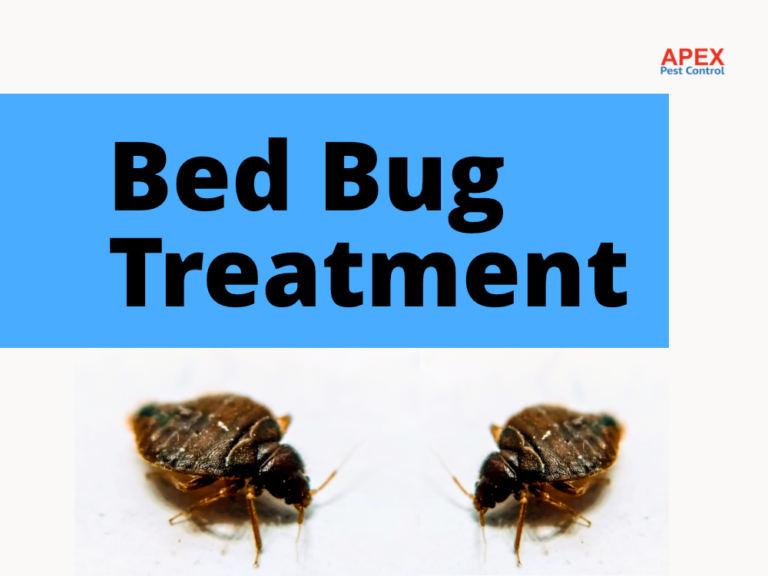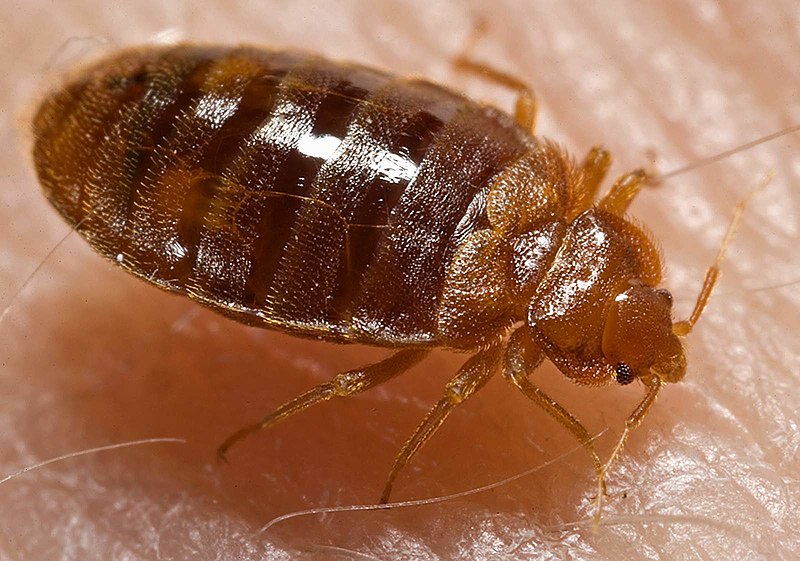Browsing the World of Bed Bug Treatment: What Works Best?
Browsing the World of Bed Bug Treatment: What Works Best?
Blog Article
Discover the Ideal Bed Bug Treatment Techniques for Your Pest Control Plan
When encountered with a bed pest invasion, identifying the most efficient treatment techniques ends up being essential for effective bug control. Choosing the best bed bug therapy method tailored to your certain scenario is vital for attaining long-term outcomes.
Identifying Bed Insect Invasions
Determining signs of a bed pest infestation can be critical in effectively attending to the issue and protecting against additional spread in a timely manner (Bed bug treatment). Bed pests are evasive pests that hide throughout the day and appear in the evening to feed upon blood. Typical indicators of a bed insect invasion include reddish-brown discolorations on bed linen or furniture from smashed insects, small dark spots that are bed bug waste matter, dropped skins in locations where bed insects hide, and a sweet, moldy odor in extreme infestations
Among the key indicators of a bed bug trouble is waking up with unexplained welts or bites on your skin, particularly in a linear or gathered pattern. It is important to completely examine your sleeping location, including the cushion, box spring, head board, and close-by furnishings for live bugs or indicators of their existence. Motivate recognition of a bed bug invasion is important to protect against the scenario from escalating and calling for a lot more comprehensive therapy approaches. It is suggested to look for specialist parasite control help to successfully eliminate the pests from your home. if you believe a bed insect problem.
Non-Chemical Therapy Techniques
Non-chemical therapy techniques offer effective options for resolving bed pest problems without counting on standard chemicals. Warm treatment is one such method that entails increasing the temperature level in plagued areas to levels that are dangerous to bed bugs. Additionally, steam treatment can be employed to eliminate bed pests and their eggs by revealing them to high temperature levels, making it a valuable non-chemical choice for combating invasions.
Chemical Therapy Alternatives
Having explored reliable non-chemical techniques for attending to bed pest invasions, it is important to think about the efficiency of chemical treatment alternatives in combating these durable parasites. Chemical treatments play an essential function in bed pest control, particularly in severe invasions where non-chemical methods might not provide adequate relief. There are numerous types of chemical treatments readily available for managing bed bugs, including insecticides, desiccants, and insect development regulators.
Pesticides are typically used to eliminate bed insects on get in touch with and deal recurring security against future infestations (Bed bug treatment). Desiccants work by damaging the outer waxy layer of bed bugs, causing dehydration and fatality. Insect growth regulatory authorities disrupt the bed insect life cycle by inhibiting their advancement from fairies to grownups, ultimately reducing the populace gradually
When thinking about chemical treatment alternatives, it is critical to focus on security by following label instructions, utilizing proper protective gear, and considering the potential threats to pet dogs and people. Consulting with an expert parasite control solution can aid figure out the most risk-free and effective chemical therapy for your particular bed pest infestation.
Integrated Pest Administration Strategies

IPM methods for bed bug control might consist of detailed examination to figure out the degree of infestation, recognition of crucial harborage sites, and implementation of hygiene actions. Furthermore, decreasing clutter, securing crevices and cracks, and eliminating potential hiding spots can help hinder bed pests from developing themselves.
Additionally, non-chemical control techniques such as heat therapy, vacuuming, heavy steam cleansing, and making use of bed insect traps can be reliable elements of an IPM strategy. These techniques target bed bugs at different life stages and disrupt their reproductive cycle, resulting in populace next reduction.
Normal monitoring and follow-up examinations are vital in IPM to examine the effectiveness of control measures and make necessary changes. By including incorporated pest management approaches into your bug control strategy, you can achieve long-lasting success in taking care of bed bug invasions.
Specialist Elimination Providers
Professional elimination services supply specific knowledge and resources for efficiently removing bed bug infestations. Bed pest invasions can be especially testing to take on due to their strength and capability to hide in numerous fractures and crevices. Specialist pest control operators are trained to determine the signs of bed bugs, locate their hiding spots, and employ targeted therapy methods to remove them successfully.
When choosing a professional extermination service for bed pest control, it is necessary to seek licensed and certified insect control firms with experience in dealing specifically with bed insects. These professionals have accessibility to a series of therapy alternatives, including chemical and non-chemical methods, to successfully combat bed insect invasions while ensuring the safety and security of family pets and residents.
Additionally, specialist pest control men can offer follow-up evaluations and therapies as needed to ensure that the problem is completely removed. Their knowledge in bed bug behavior and treatment methods can assist protect against future infestations, supplying peace of mind for homeowners and businesses alike. When faced with a stubborn bed bug invasion, click for more enlisting the services of specialist exterminators is often one of the most trusted option to accomplish complete eradication.
Verdict

When encountered with a bed pest infestation, identifying the most effective treatment approaches comes to be critical for effective insect control. Common signs of a bed insect invasion include reddish-brown discolorations on bed linen or furniture from smashed insects, tiny dark places that are bed bug excrement, dropped skins in areas where bed bugs conceal, and a pleasant, moldy odor in extreme invasions.
Having explored reliable non-chemical techniques for addressing bed insect invasions, it is vital to consider the effectiveness of chemical therapy choices in combating these resistant pests. Chemical treatments play a critical function in bed bug control, specifically in severe invasions where non-chemical approaches may not supply sufficient relief. By including these numerous therapy techniques into an extensive pest control plan, people can successfully get rid find out here now of and handle bed bug problems in their homes or companies.
Report this page